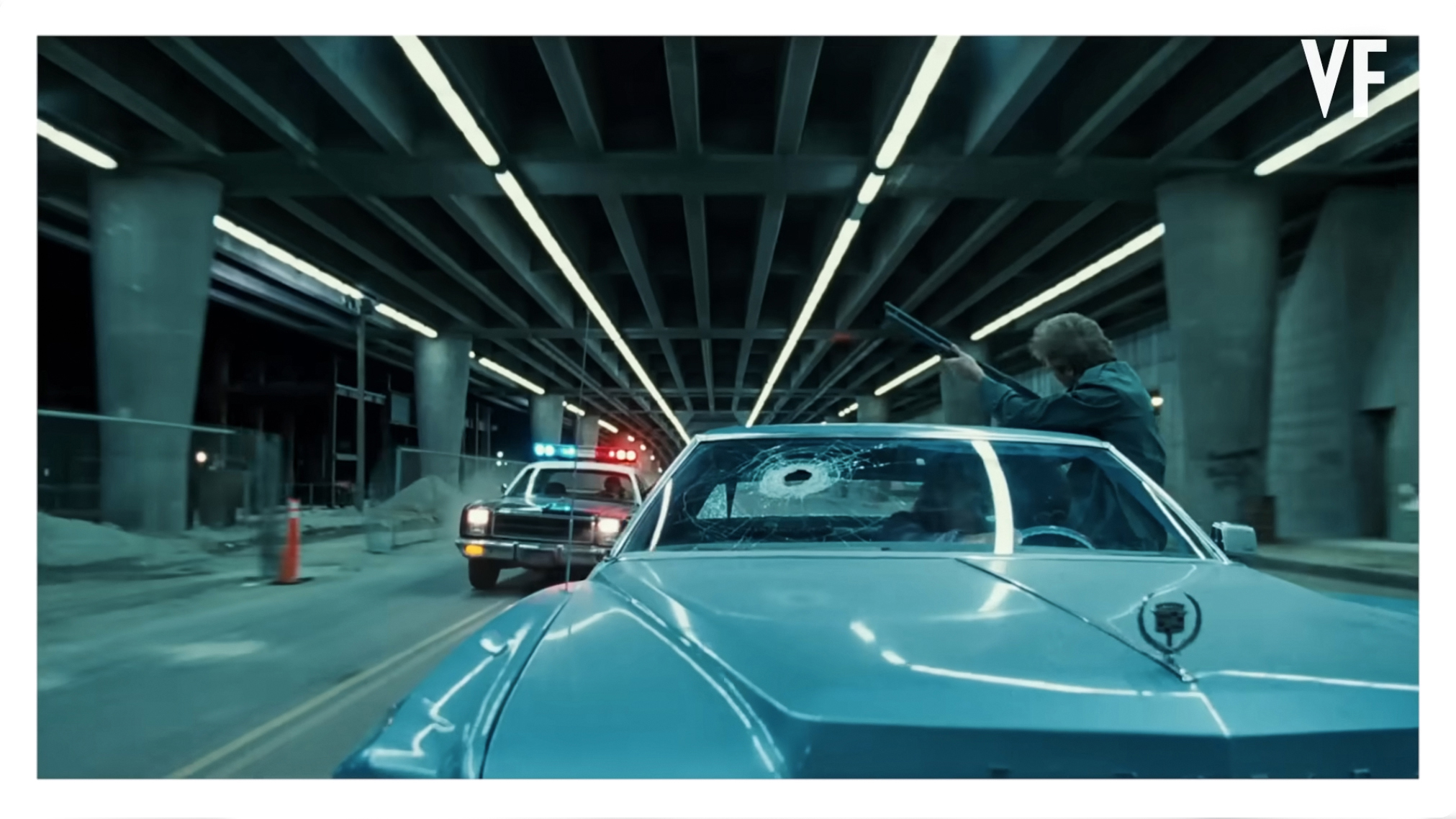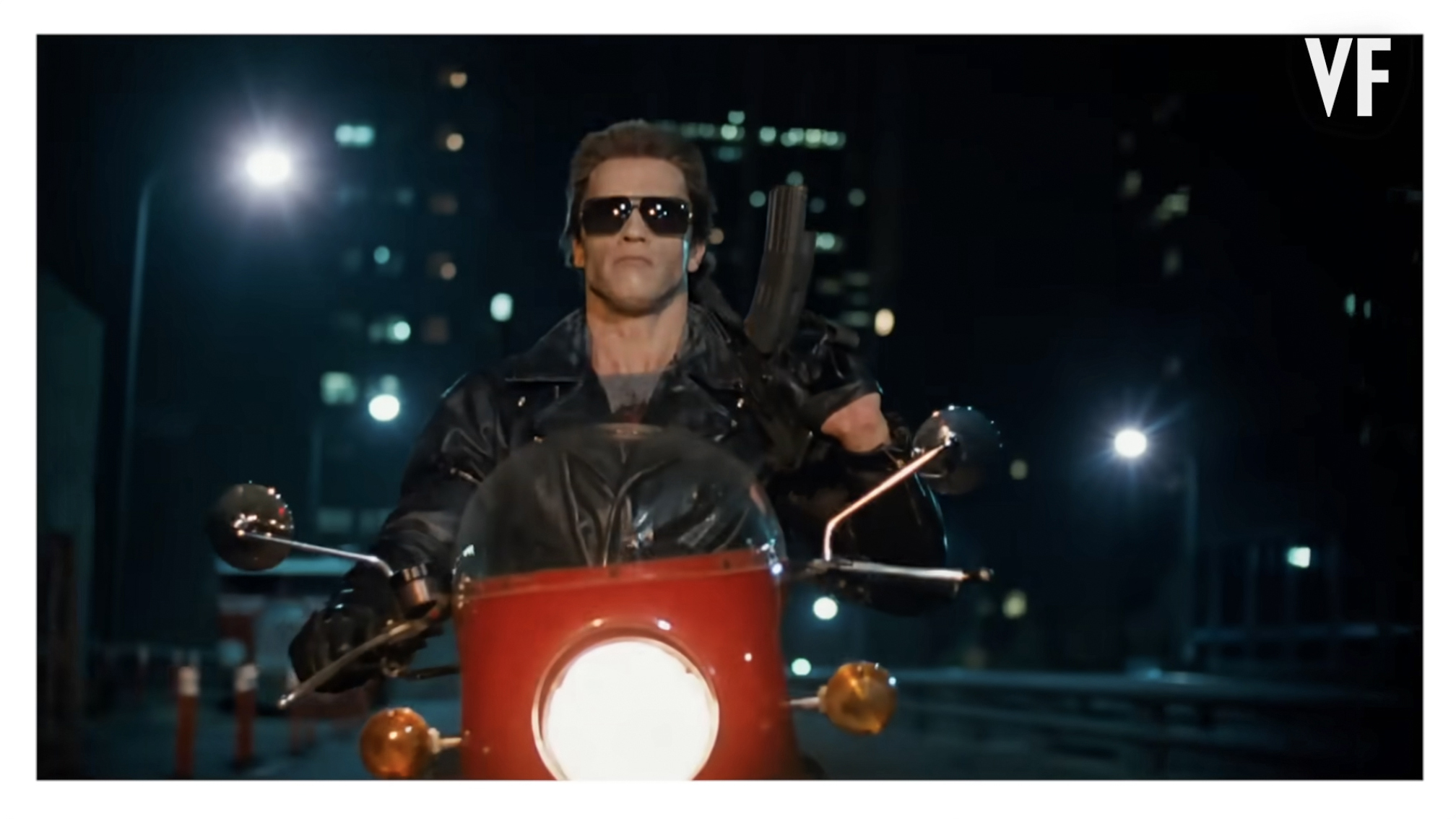This is how James Cameron used a light meter to shoot The Terminator within its B-movie budget
A humble light meter helped take The Terminator from "low-budget slasher movie" to box office juggernaut

Today, the Terminator franchise is a pop culture juggernaut. But back when the first movie was filmed, in 1984, James Cameron was a "less than zero" B-moviemaker working with a budget that was nowhere near enough for the scope of the project.
However, it was Cameron's guerrilla filmmaking tricks – including using a light meter to dictate where he could film the potentially budget-crippling night shoots on the cheap – that enabled The Terminator to go from potential sci-fi schlock to a $78 million blockbuster that spawned one of Hollywood's most enduring franchises.
The auteur recently appeared on Vanity Fair's YouTube channel to discuss the making of every film he's ever directed – from The Terminator to the upcoming Avatar: Fire and Ash, which is being released in December (and for which he certainly didn't have to use light meter tricks to stretch his dollars further).
"We got a decent enough budget, that we thought was a pretty good budget, but we were coming out of 'Roger Corman film school' where budgets were half a million dollars or a million dollars at the most," Cameron recalled, relaying how he and wife-come-producer Gale Anne Hurd had cut their teeth making B-movies for Corman.
"And we got $4.3 million below the line to make that film – we thought we were in nirvana! Of course, everything is relative. And that was an ambitious project for that kind of money."
ABOVE: Watch the full interview with James Cameron
These days, Cameron is worth close to a billion dollars. When he was filming The Terminator, however, things couldn't have been more different.
"I was living in a little apartment in Tarzana, and my mom was sending me coupons so that I could get two Big Macs for the price of one because she didn't think I was eating enough – which I wasn't."
The best camera deals, reviews, product advice, and unmissable photography news, direct to your inbox!
Cameron and Hurd took inspiration from another director-producer power couple, the legendary John Carpenter and Debra Hill, who made a name for themselves making similarly low-budget affairs that punched well about their weight.
"The Terminator was sort of a, what you call a genre bender, I guess. Gale and I looked up to Carpenter and Hill, who'd done Halloween and these low-budget films. And I thought, if I'm ever wildly successful, I might be a John Carpenter, you know what I mean?
"So we were thinking of it as a low-budget slasher movie. We felt if we contained it and we kept that sort of greater backstory, well over the horizon of the present-day events, we could actually do it for our budget."
Artful storytelling can only get you so far, though. And the budget and schedule were so tight that Cameron and his crew would often have to 'steal' shots – including filming covertly without location permits, with the director sometimes operating the camera himself rather than waiting or paying for a cameraman.
One of his biggest challenges, though, was the night shoots, which are incredibly costly to film due to having to hire, hang and crew the expensive lighting rigs.
Faced with a cost-prohibitive situation, Cameron came up with an ingenious solution: rather than hire lights, and people to run them, he simply took a light meter around the streets of Los Angeles until he found locations with enough ambient light to illuminate his shots.
"We went out with a light meter and found the streets that were bright enough to shoot, where they had mercury vapor lights. Used car lots were great, 'cause they cast enough light off their floodlights out onto the street – we could shoot there."
The entire Vanity Fair piece is a treasure trove of war stories and information on how the director filmed his iconic body of work – including the much-anticipated Avatar threequel. Make sure to watch the whole thing and, if you're a photographer or filmmaker, remember: it's not about the gear, it's all about the idea.
You might also like…
If Jim Cameron has inspired you, you may be interested in the best cameras for filmmaking or even the best cinema cameras and best cine lenses.

James has 25 years experience as a journalist, serving as the head of Digital Camera World for 7 of them. He started working in the photography industry in 2014, product testing and shooting ad campaigns for Olympus, as well as clients like Aston Martin Racing, Elinchrom and L'Oréal. An Olympus / OM System, Canon and Hasselblad shooter, he has a wealth of knowledge on cameras of all makes – and he loves instant cameras, too.
You must confirm your public display name before commenting
Please logout and then login again, you will then be prompted to enter your display name.



